Introduction
Adzuki beans, small red legumes native to East Asia, have long been cherished for their sweet, nutty flavor and remarkable versatility in both savory and sweet dishes. From traditional Japanese anko (red bean paste) to hearty Indian dal and comforting Western stews, these beans are a culinary chameleon. However, achieving the ideal texture—tender yet intact, with a melt-in-the-mouth quality—requires precision and patience. This article delves into the science and craft of cooking adzuki beans to perfection, exploring pre-soaking techniques, cooking methods, troubleshooting common pitfalls, and creative applications. Whether you’re a seasoned chef or a curious home cook, this guide will equip you with the knowledge to transform humble adzuki beans into a culinary masterpiece.
The Science Behind Adzuki Beans
Adzuki beans (Vigna angularis) are rich in protein, fiber, and complex carbohydrates, making them a nutritional powerhouse. Their dense structure, however, poses a challenge: the beans’ tough outer skin and starchy interior resist rapid cooking. To break down these barriers, one must understand the interplay of heat, moisture, and time. The goal is to hydrate the beans thoroughly, soften the cell walls, and convert resistant starches into digestible sugars without reducing them to mush.
Pre-Soaking: The Foundation of Perfectly Cooked Beans
Pre-soaking adzuki beans is not merely a preliminary step—it’s a critical phase that determines the beans’ texture and cooking time. There are three primary methods:
-
Overnight Soaking (Traditional Method)
Rinse 1 cup of adzuki beans under cold water to remove debris. Place them in a large bowl, cover with 3–4 cups of water, and let them sit at room temperature for 8–12 hours. This method fully hydrates the beans, reducing cooking time by up to 40% and ensuring even texture. -
Quick Soak (For Impatient Cooks)
If time is limited, combine beans and water in a pot, bring to a boil, and cook for 2 minutes. Remove from heat, cover, and let stand for 1 hour. While effective, this method may yield slightly less uniform results compared to overnight soaking.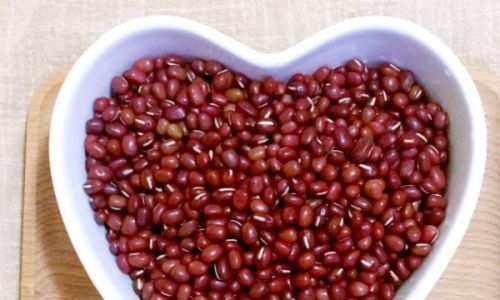
-
No-Soak Method (For the Adventurous)
Some chefs skip soaking entirely, opting for extended cooking times (2–3 hours) at a gentle simmer. This approach preserves the beans’ shape but requires meticulous monitoring to prevent overcooking.
The Cooking Process: From Simmer to Splendor
Once pre-soaked, adzuki beans are ready for cooking. Follow these steps for flawless results:
-
Drain and Rinse
Discard the soaking water (which may contain gas-inducing compounds) and rinse the beans under cold water. -
Water Ratio
Use 3 cups of fresh water (or broth) per 1 cup of soaked beans. For unsoaked beans, increase to 4–5 cups. -
Aromatics and Additives
Enhance flavor by adding a strip of kombu (dried seaweed), a garlic clove, or a pinch of cumin. For silky texture, some chefs swear by a 1/8 teaspoon of baking soda, which breaks down pectin in the bean skins. However, use sparingly to avoid a soapy aftertaste.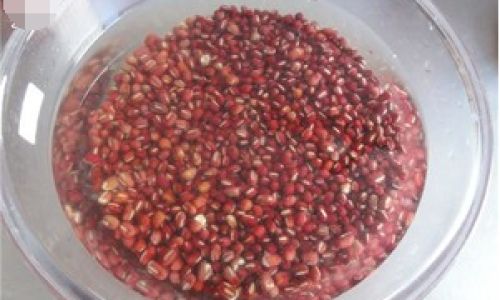
-
Simmering Technique
Bring the beans to a gentle boil, then reduce heat to low. Maintain a bare simmer—vigorous boiling will rupture the beans. Stir occasionally to prevent sticking. -
Cooking Time
Soaked beans typically take 45–75 minutes; unsoaked require 2–3 hours. Test for doneness by squishing a bean between your fingers—it should yield easily but retain its shape.
Troubleshooting: Why Won’t My Beans Soften?
Even seasoned cooks encounter stubborn beans. Here’s why:
-
Age Matters
Beans older than one year lose moisture, becoming harder to cook. Purchase from stores with high turnover and store in airtight containers. -
Hard Water Woes
Minerals in hard water can prevent softening. Add a pinch of baking soda (1/8 tsp per cup of beans) to counteract this.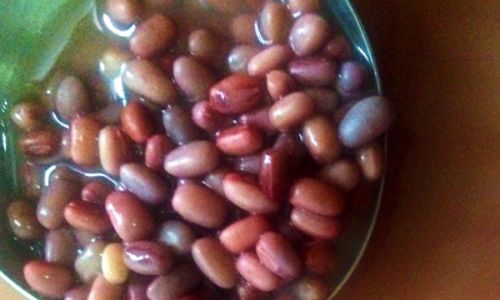
-
Acidic Ingredients
Adding tomatoes, vinegar, or citrus juice too early toughens beans. Introduce acid only after beans are fully cooked. -
High Heat
Boiling beans aggressively causes the skins to toughen. Stick to a gentle simmer.
Advanced Techniques: Elevating Adzuki Beans
-
Pressure Cooker Perfection
A pressure cooker slashes cooking time to 15–20 minutes (after soaking). Use 1.5 cups of liquid per cup of beans and release pressure naturally for the softest texture. -
Slow Cooker Magic
Combine soaked beans, liquid, and aromatics in a slow cooker. Cook on low for 6–8 hours for fall-apart tenderness.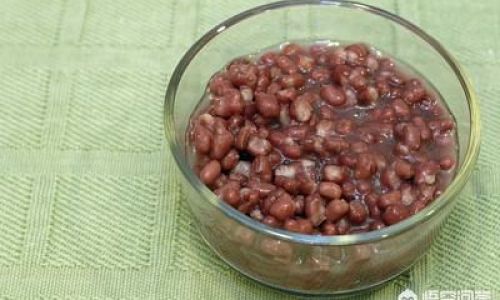
-
Fermentation Experiment
For a tangy twist, ferment cooked adzuki beans with a koji starter to create amazake, a sweet Japanese beverage.
Flavor Pairings and Culinary Applications
Adzuki beans’ mild sweetness pairs beautifully with:
- Sweet Treats: Mash into anko for dorayaki pancakes or yokan jelly.
- Savory Dishes: Simmer with coconut milk and curry spices for a Thai-inspired curry.
- Baking: Blend into brownie batter for a fudgy, protein-rich twist.
- Bowls: Toss with quinoa, roasted vegetables, and tahini dressing for a hearty meal.
Storage and Meal Prep
Cooked adzuki beans freeze beautifully. Portion into airtight containers and store for up to 6 months. Thaw overnight in the refrigerator before reheating.
Conclusion: The Joy of Slow Cooking
In an era of instant gratification, cooking adzuki beans to perfection is a meditative act—a testament to the rewards of patience and attention to detail. Whether you’re crafting a delicate wagashi confection or a rustic stew, mastering these beans unlocks a world of culinary possibilities. Soak, simmer, and savor the process. Your taste buds—and your gut—will thank you.
Epilogue: A Cultural Tapestry
Adzuki beans have nourished civilizations for millennia, from ancient Chinese medicine to modern vegan cuisine. Their ability to adapt to diverse flavors and techniques mirrors humanity’s own capacity for resilience and innovation. As you embark on your adzuki bean journey, remember that every pot tells a story—a fusion of tradition and creativity, science and art. Cook with intention, and let the beans’ humble magic unfold.
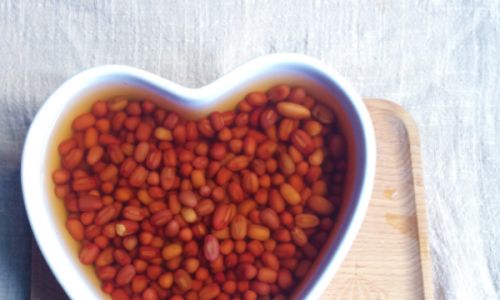
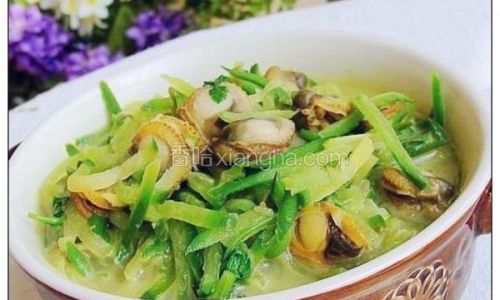
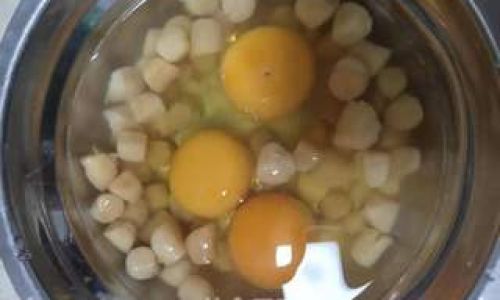


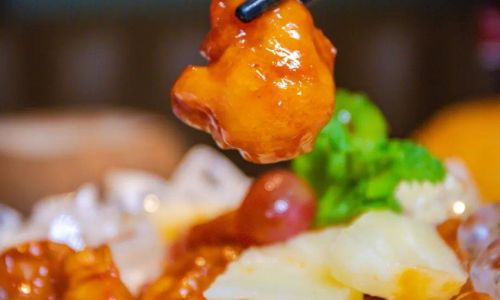

0 comments